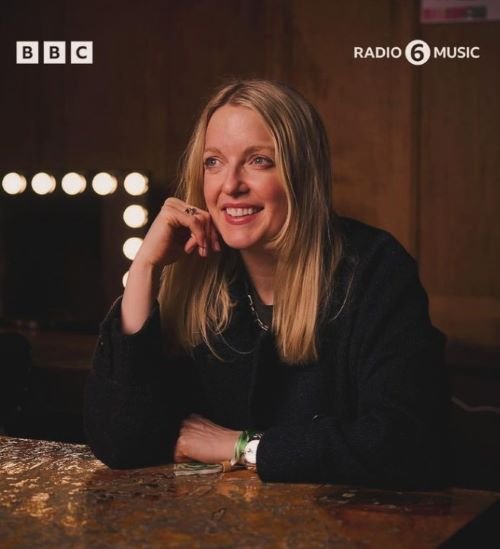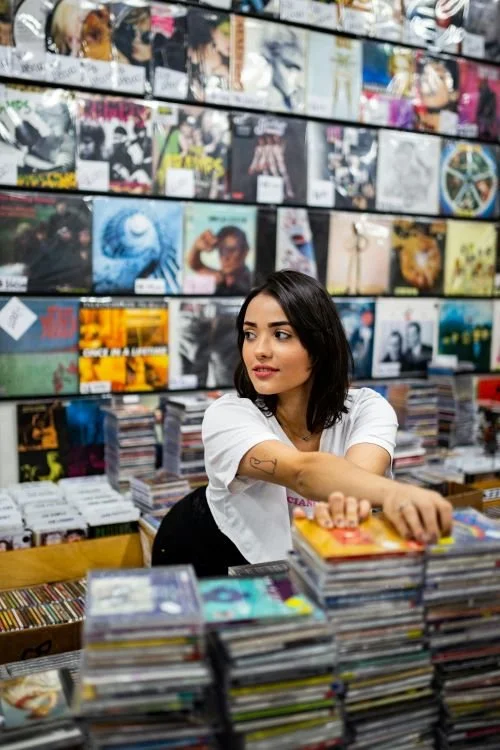The song on In Utero that has whipped up the most controversy is “Rape Me.” It’s got a brilliant hook, but there have been objections to the title and lyric — not just from skittish DJs but from some women who feel it’s rather cavalier for a man to be using such a potent, inflammatory word so freely.
I understand that point of view, and I’ve heard it a lot. I’ve gone back and forth between regretting it and trying to defend myself. Basically, I was trying to write a song that supported women and dealt with the issue of rape. Over the last few years, people have had such a hard time understanding what our message is, what we’re trying to convey, that I just decided to be as bold as possible. How hard should I stamp this point? How big should I make the letters?
It’s not a pretty image. But a woman who is being raped, who is infuriated with the situation . . . it’s like “Go ahead, rape me, just go for it, because you’re gonna get it.” I’m a firm believer in karma, and that motherfucker is going to get what he deserves, eventually. That man will be caught, he’ll go to jail, and he’ll be raped. “So rape me, do it, get it over with. Because you’re gonna get it worse.”
What did your wife, Courtney, think of the song when she heard it?
I think she understood. I probably explained it better to her than I’ve explained it to you. I also want to make a point, that I was really, honestly not trying to be controversial with it. That was the last thing I wanted to do. We didn’t want to put it out so it would piss off the parents and get some feminists on our asses, stuff like that. I just have so much contempt for someone who would do something like that [to a woman]. This is my way of saying: “Do it once, and you may get away with it. Do it a hundred times. But you’re gonna get it in the end.”
People usually assume that someone who has sold a few million records is really livin’ large. How rich are you? How rich do you feel? According to one story, you wanted to buy a new house and put a home studio in it, but your accountant said you couldn’t afford it.
Yeah, I can’t. I just got a check a while ago for some royalties for Nevermind, which is pretty good size. It’s weird, though, really weird. When we were selling a lot of records during Nevermind, I thought, “God, I’m gonna have like $10 million, $15 million.” That’s not the case. We do not live large. I still eat Kraft macaroni and cheese — because I like it, I’m used to it. We’re not extravagant people.
I don’t blame any kid for thinking that a person who sells 10 million records is a millionaire and set for the rest of his life. But it’s not the case. I spent a million dollars last year, and I have no idea how I did it. Really. I bought a house for $400,000. Taxes were another $300,000 — something. What else? I lent my mom some money. I bought a car. That was about it.
You don’t have much to show for that million.
It’s surprising. One of the biggest reasons we didn’t go on tour when Nevermind was really big in the States was because I thought: “Fuck this, why should I go on tour? I have this chronic stomach pain, I may die on this tour, I’m selling a lot of records, I can live the rest of my life off a million dollars.” But there’s no point in even trying to explain that to a 15-year-old kid. I never would have believed it.
Do you worry about the impact that your work, lifestyle and ongoing war with supercelebrity are having on Frances? She seemed perfectly content to toddle around in the dressing room tonight, but it’s got to be a strange world for her.
I’m pretty concerned about it. She seems to be attracted to almost anyone. She loves anyone. And it saddens me to know that she’s moved around so much. We do have two nannies, one full–time and another older woman who takes care of her on weekends. But when we take her on the road, she’s around people all the time, and she doesn’t get to go to the park very often. We try as hard as we can, we take her to preschool things. But this is a totally different world.























































































